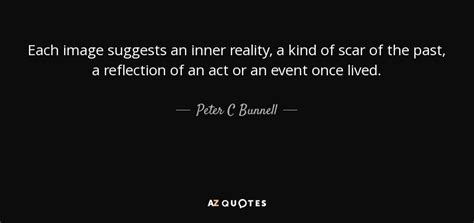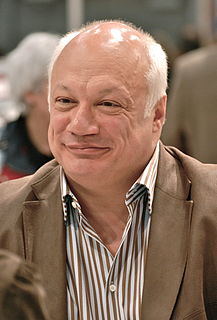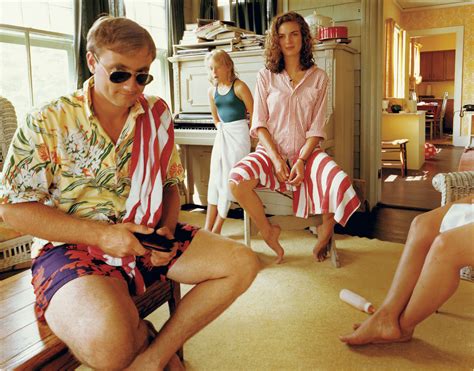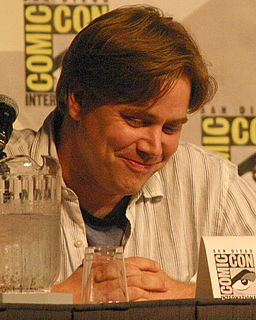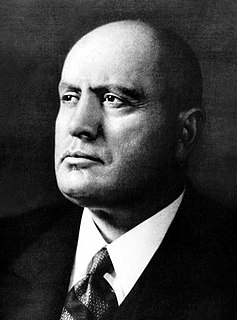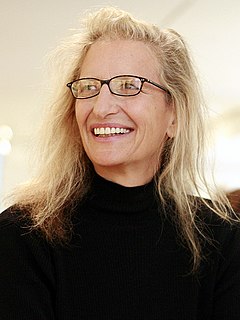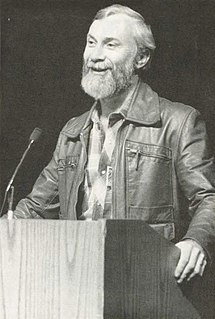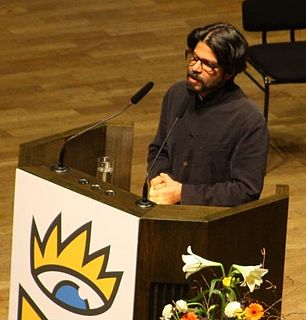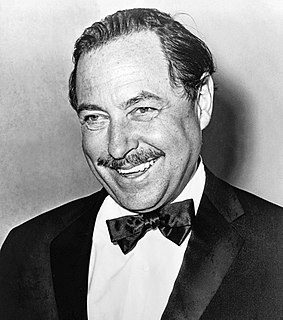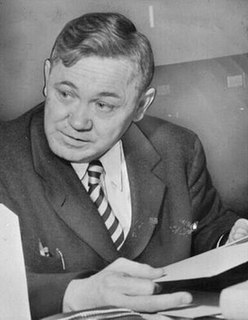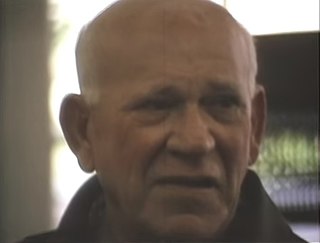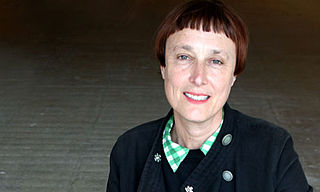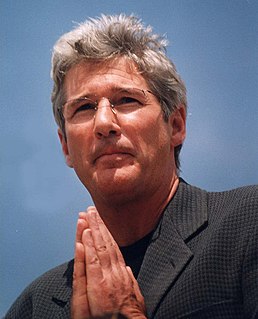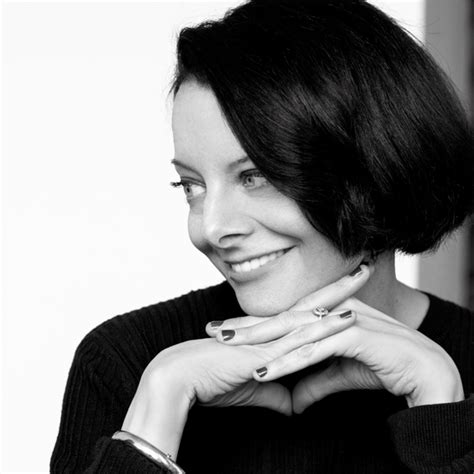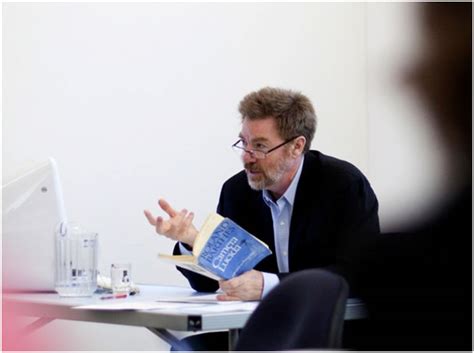A Quote by Peter C Bunnell
The nineteenth-century way of looking at the photograph was as a mirror for the memory, and at that time the photographs almost looked like mirrors, with their polished metallic surfaces.
Related Quotes
Given that the nineteenth century was the century of Socialism, of Liberalism, and of Democracy, it does not necessarily follow that the twentieth century must also be a century of Socialism, Liberalism and Democracy: political doctrines pass, but humanity remains, and it may rather be expected that this will be a century of authority ... a century of Fascism. For if the nineteenth century was a century of individualism it may be expected that this will be the century of collectivism and hence the century of the State.
Most of what I read is for reviewing purposes or related to something I want to write about. It's slightly utilitarian. I definitely miss that sense of being a disinterested reader who's reading purely for the pleasure of imagining his way into emotional situations and vividly realized scenes in nineteenth-century France or late nineteenth-century Russia.
It seems fair to say that while the moral standards of the nineteenth century persisted almost unchanged into the twentieth, moral practices changed sharply, and that though the standards of the nineteenth century persisted the institutions that had sustained them and the sanctions that had enforced them lost influence and authority.
Let Go of Your Worries Let go of your worries and be completely clear-hearted, like the face of a mirror that contains no images. If you want a clear mirror, behold yourself and see the shameless truth, which the mirror reflects. If metal can be polished to a mirror-like finish, what polishing might the mirror of the heart require? Between the mirror and the heart is this single difference: the heart conceals secrets, while the mirror does not.
Each time I arrived in a new city, I'd get lost in the streets and photograph everything that looked interesting, taking nearly a thousand photographs every day. After each day of shooting, I'd select 30 or 40 of my favorite photographs and post them on Facebook. I named the albums after my first impression of each city.
